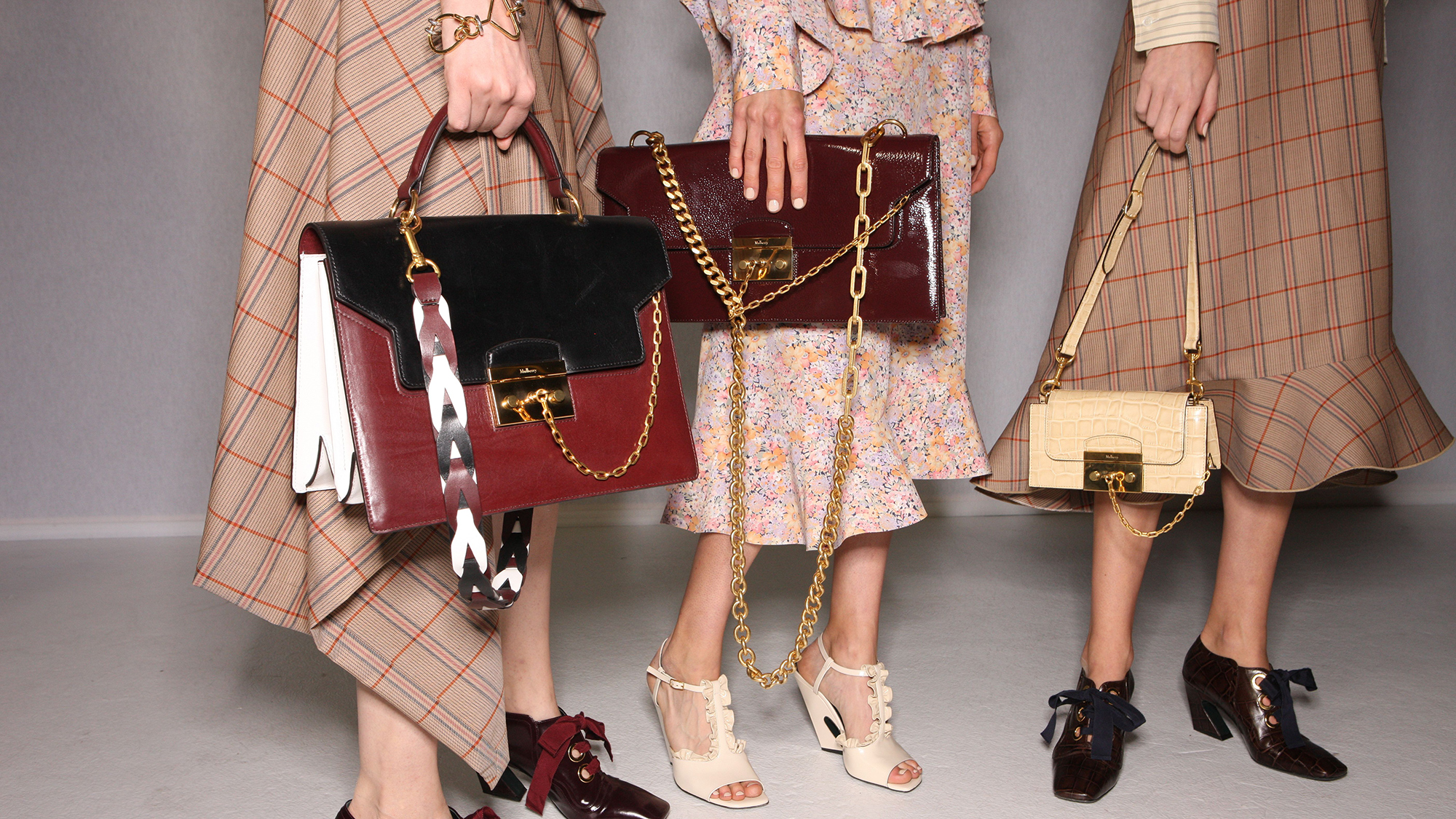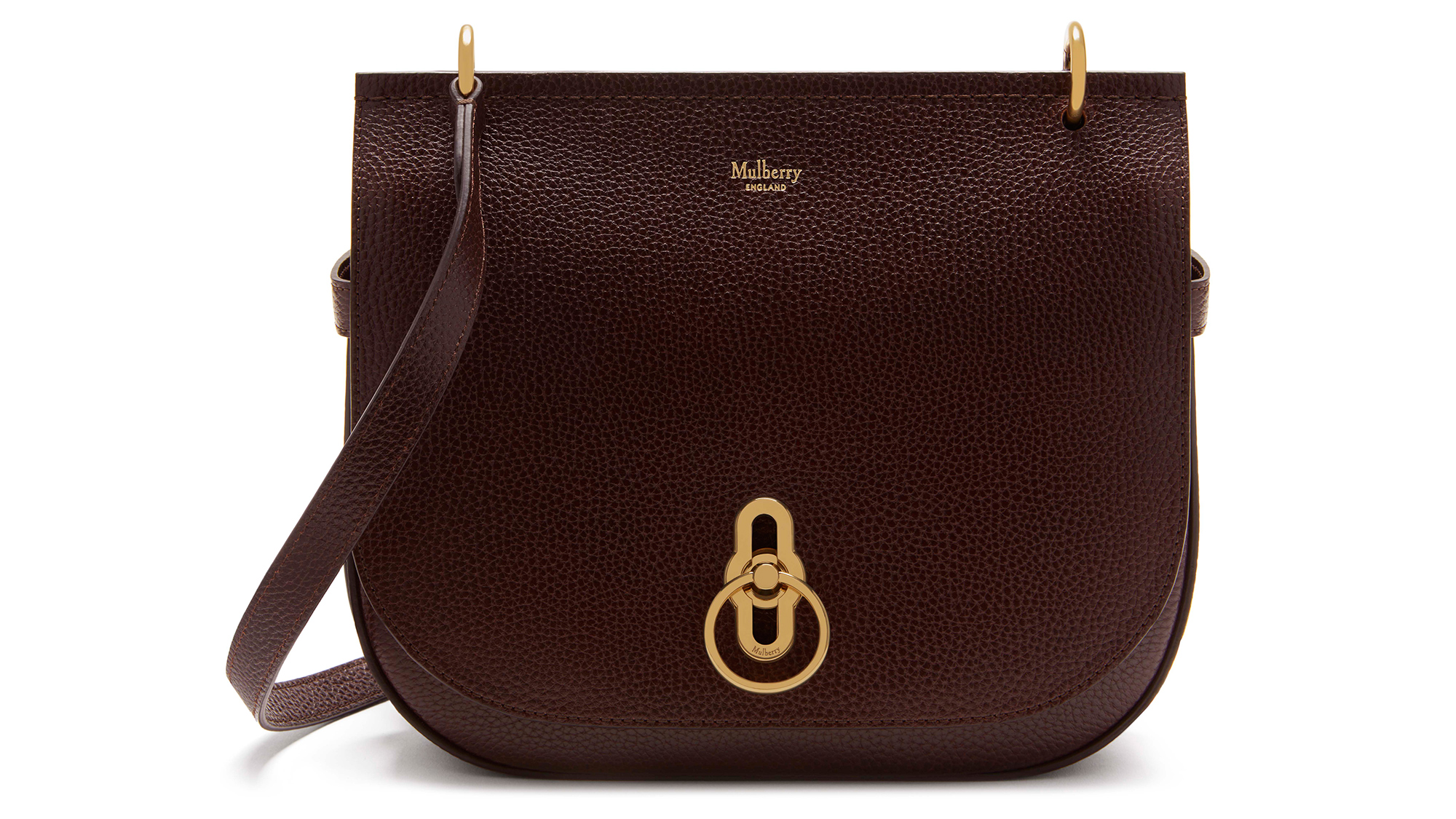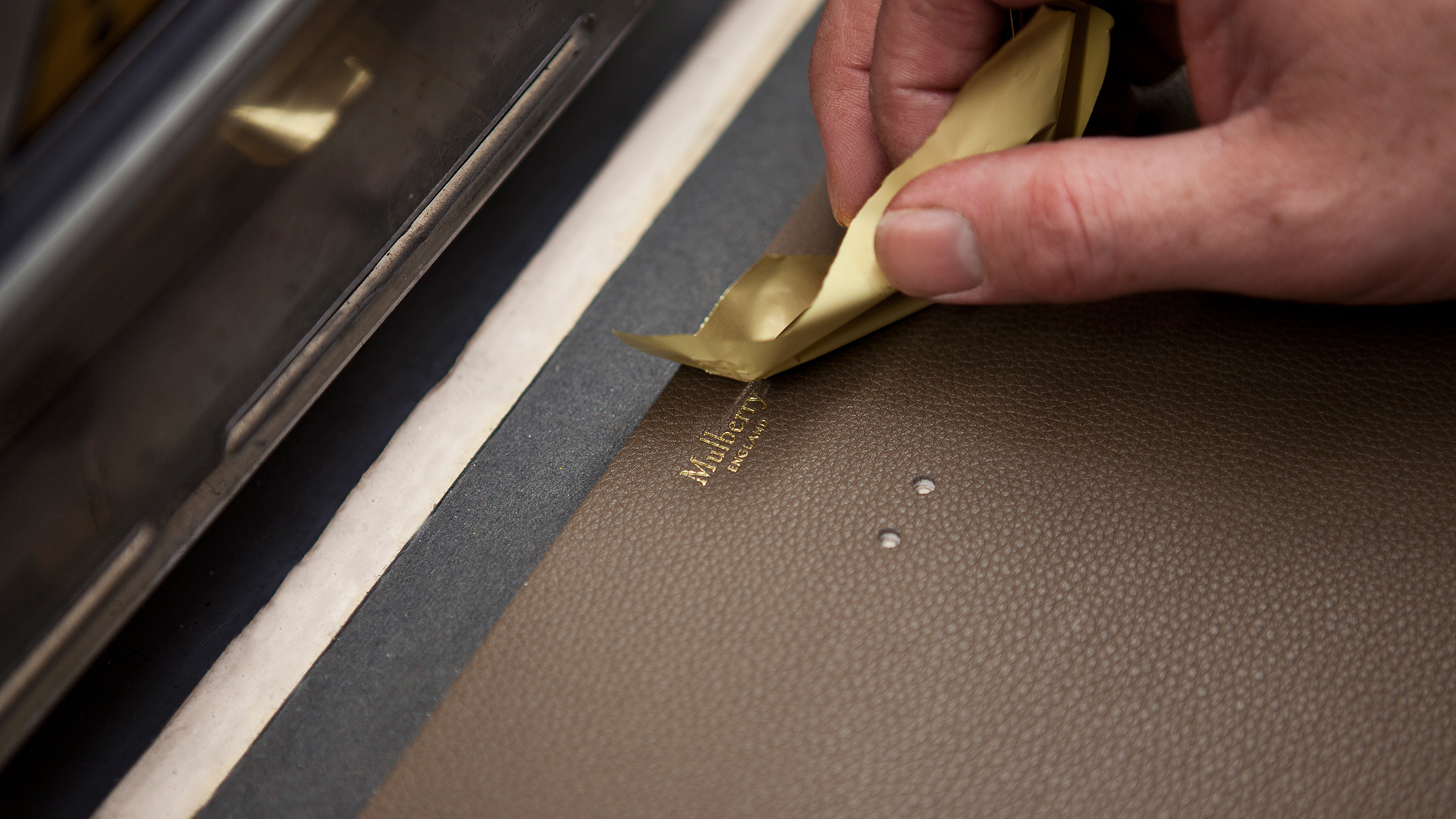5 things you didn’t know about Mulberry bags
You'll never guess how long they take to make

You'll never guess how long they take to make
Words by Edwina Langley
It all started, as these things often do, on the kitchen table. The year was 1971, and Roger Saul had been given £500 by his mother to set in motion an idea for a belt and choker brand. His sister designed the logo, a tree – the type lining the path Roger had taken to school. It was a Mulberry tree, and he named his company after it.
Today, Mulberry is a luxury British lifestyle brand boasting 120 stores worldwide. Creative Director Johnny Coca – formerly of Celine – took over the helm in 2015, and has since wowed the fashion crowd with his new direction, opening the brand up to the international market with critically acclaimed ready-to-wear collections, whilst ensuring it retains its ties to British heritage.
As the largest manufacturer of luxury products in the UK, Mulberry also upholds a 40-year reputation as the purveyor for British leather accessories. Indeed, any mention of Mulberry will inevitably lead to their best-known – their handbags… With designs like the Bayswater and Alexa now in the realms of the iconic, to carry one on your arm is to show yourself to be someone of exceptional style.
So with London’s Craft Week well underway – and Mulberry one of its proud sponsors – what better time to catch up with Johnny Coca and his team to find out exactly how these masterpieces in leather are really made…
1. What inspires their design
‘The street,’ Johnny says. He likes to stand on the terrace at Mulberry HQ and look down at the handbags carried by passersby below. How are they being carried – on the shoulder or by hand? What are their proportions? Does the bag have ‘an attitude’?
Celebrity news, beauty, fashion advice, and fascinating features, delivered straight to your inbox!
When he sees something he likes, the creation process begins – although ideas can come to him in the shower and in his sleep!
Johnny’s handbag designs are function-led. What is the need for them, he asks himself. Does a woman need a shopping bag – or a suitcase? After that, it’s all about reinventing the construction; offering something new, something ‘personal’.

Videos you may like:
Video you may like:
2. How Mulberry bags get their names
Design team members propose ideas to Johnny. What he looks for is a name attached to something (or somewhere) special – ‘how else to be different?’ he asks. If, for instance, the preferred name is a London street or district, he will ensure the attitude of the bag reflects its namesake’s location. ‘Everything is related to the name, and the style, and the attitude,’ he explains.
3. How to approach upgrading an ‘iconic’ (much-loved) design
With excitement, of course. ‘If you already like the shape, it’s exciting to work around it and add a touch of your own personality,’ Johnny explains.
‘I really loved the Bayswater,’ he continues. ‘So I said, “Ok, let’s try to improve the functionality.”’
He experimented by adding a strap – never done before – and playing with its size. He figured a zipped top would work better for women on the go than the pre-existing over-flap, and that was that: the Zipped Bayswater was born.
4. 50% of Mulberry bags are made in the UK
With two British factories – ‘The Rookery’ in Chilcompton (opened in 1989) and ‘The Willows’ in Bridgewater (opened in 2013) – Mulberry is deeply rooted in the West Country. Employing an impressive workforce of over 600 craftsmen and women – many of whom work side by side with members of their family – together they produce 2,800 bags a week.
It takes, on average, 30 pairs of hands to construct a Mulberry bag. Whilst timings inevitably vary (depending on style), the brand new Amberley Hobo, for instance, takes 396 minutes to make from start to finish.

5. The production process is lengthy
Johnny draws each design in 2D to illustrate, as he says, his ‘intention’. However it’s the prototype in 3D that deciphers whether the bag ever reaches the shop floor.
Mulberry sources their leather from Italy and their top quality brass alloy and Zamac zips from Switzerland. Each bag is part-handmade, part made by man-operated machines – some of which are designed specially to meet the requirements of a bag.
The production process starts with cutting the leather, piece by piece. Second is the trim cut – the final cut – followed by the job of skiving (no, not slinking out the factory… it’s the process of reducing the thickness of the edge of each piece of leather).
Inking the panels (or, sealing them) is up next, followed by the stitching. 15 stitchers are required for backpacks, other bags use roughly eight, and each stitcher will work on a bag for no longer than 8 minutes a-piece. The final edge inking is then applied (arguably the hardest job) before the finishing: applying any hardware components (like the postman’s lock) and cleaning the completed product.
The bags are then checked by quality control and sent off to the warehouse. There, another quality team checks them once again. An in-line inspector will pick individual bags out at random. If flaws are found, it’s back to the factory.
After all that, fancy learning how to make one yourself? Each stage requires five to six weeks’ training and can take up to six months to master – sometimes more. To make a complete Mulberry bag from scratch as a master craftsperson? It’ll only take 10 years… Far easier to just buy one from their flagship on Bond Street.
The leading destination for fashion, beauty, shopping and finger-on-the-pulse views on the latest issues. Marie Claire's travel content helps you delight in discovering new destinations around the globe, offering a unique – and sometimes unchartered – travel experience. From new hotel openings to the destinations tipped to take over our travel calendars, this iconic name has it covered.